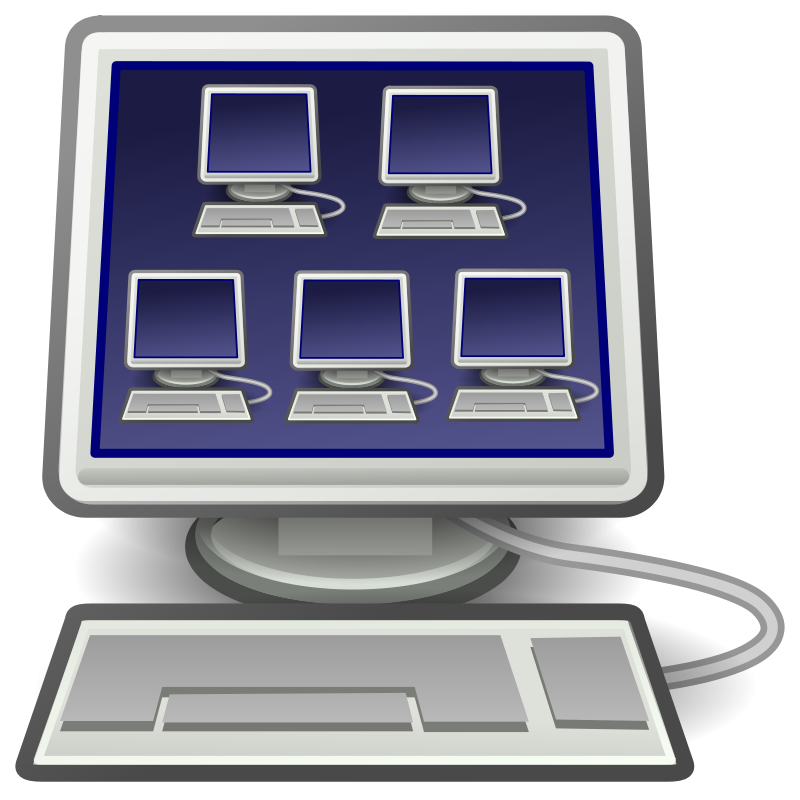
:max_bytes(150000):strip_icc()/001_virtual-machine-4147598-b3c70976d3454cd4929281528f810e8d.jpg)

The term is often used to describe the interface provided by the specific cloud-computing functionality infrastructure as a service (IaaS). A virtual machine is a computer file, typically called an image, that behaves like an actual computer. Non-hypervisor virtualization systems are used for similar tasks on dedicated server hardware, but also commonly on desktop, portable, and even handheld computers.
#Virtual machine software
A desktop computer or a laptop is a physical machine, and a VM is technically a software (a program) that behaves and functions almost exactly like these physical machines: it has its own Operating System (OS) and runs its own applications. Supports VM live migration, hardware acceleration, and high availability to save IT costs and provide greater. What is a virtual machine LC-3 architecture Assembly examples Executing programs Implementing instructions Instruction cheat sheet Trap routines Trap. A Virtual Machine (VM), simply put, is the virtualization or emulation of a traditional (physical) machine. Hypervisors are installed on server hardware whose only task is to run guest operating systems. Host multiple VMs with Virtualization Station. Multiple instances of a variety of operating systems may share the virtualized hardware resources. The hypervisor presents to the guest operating systems a virtual operating platform and manages the execution of the guest operating systems. It is so named because it is conceptually one level higher than a supervisory program. Provision a QVM in one click with Colab, or learn more about the QVM (how to build your own. Virtual Machine Manager (VMM): Also called a “hypervisor,” this is one of many hardware virtualization techniques that allow multiple operating systems, termed guests, to run concurrently on a host computer.


 0 kommentar(er)
0 kommentar(er)
